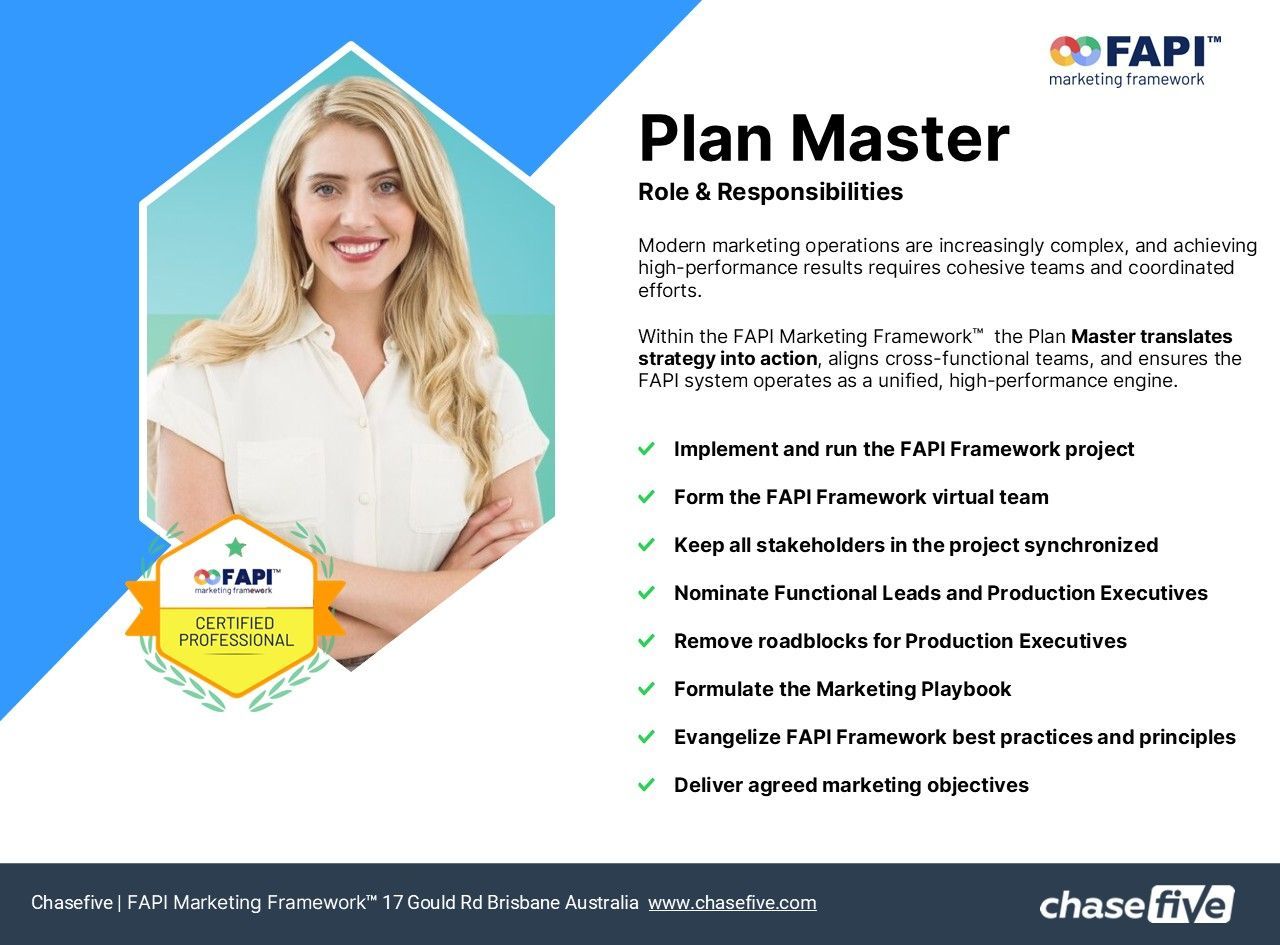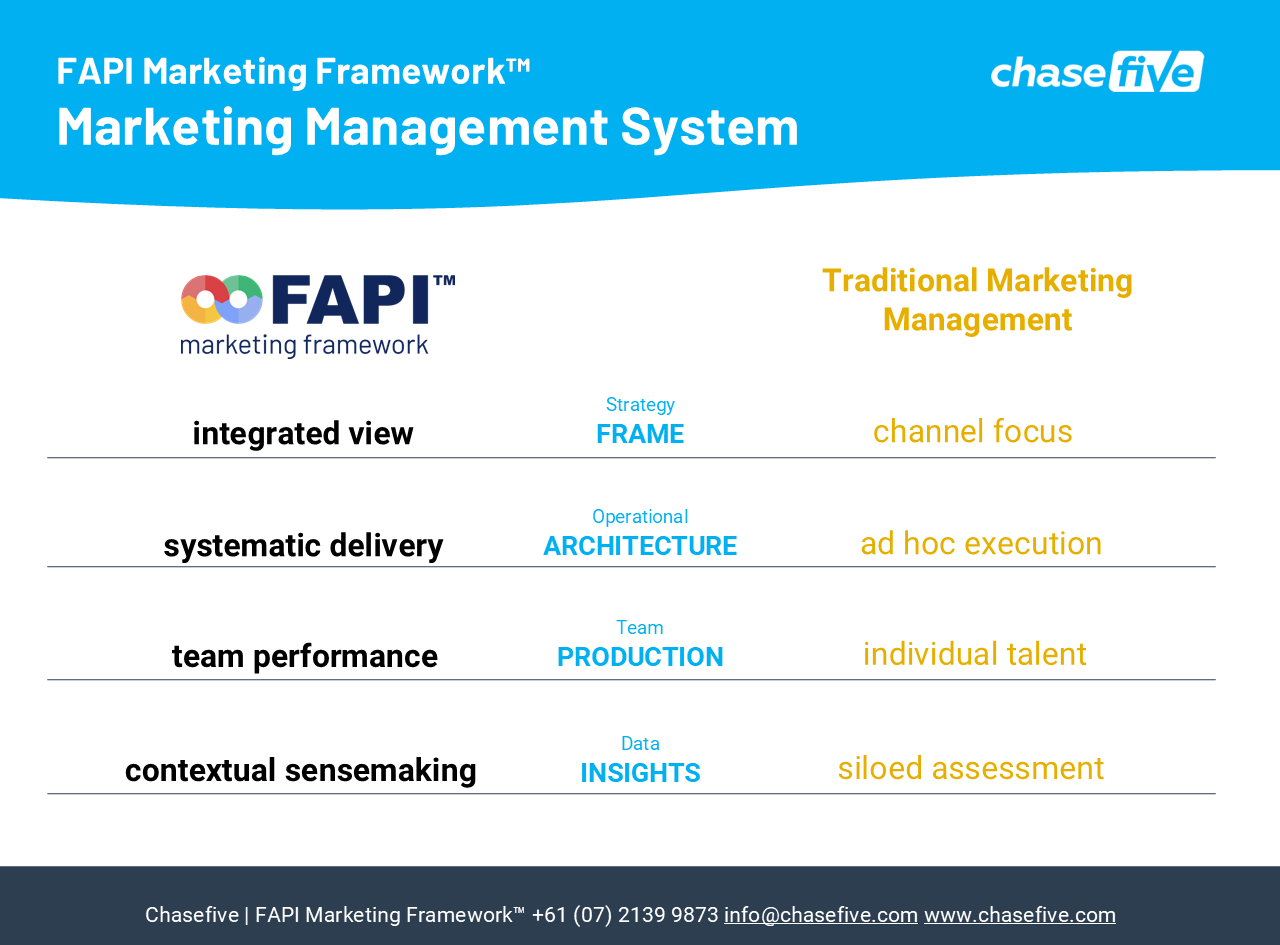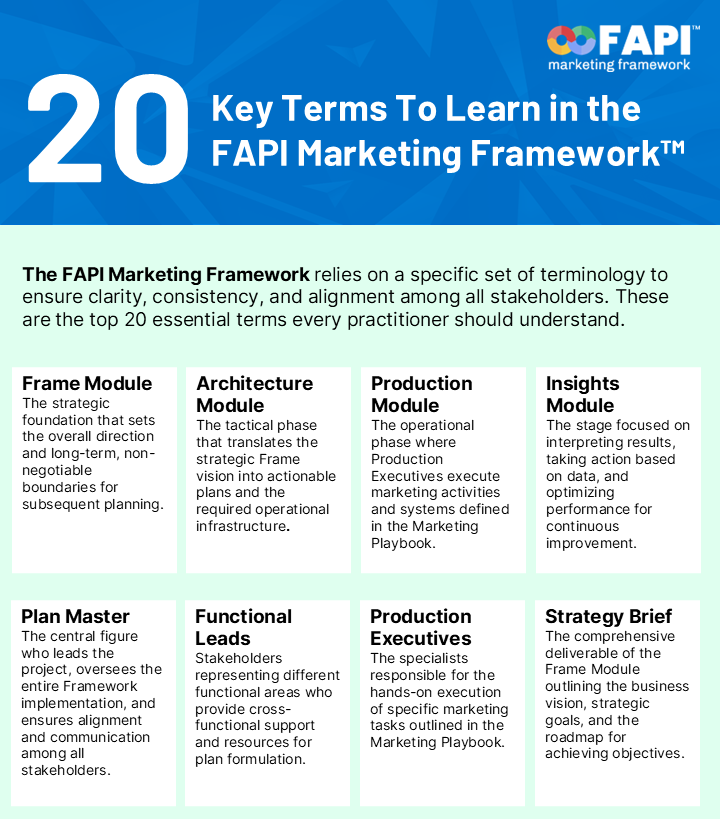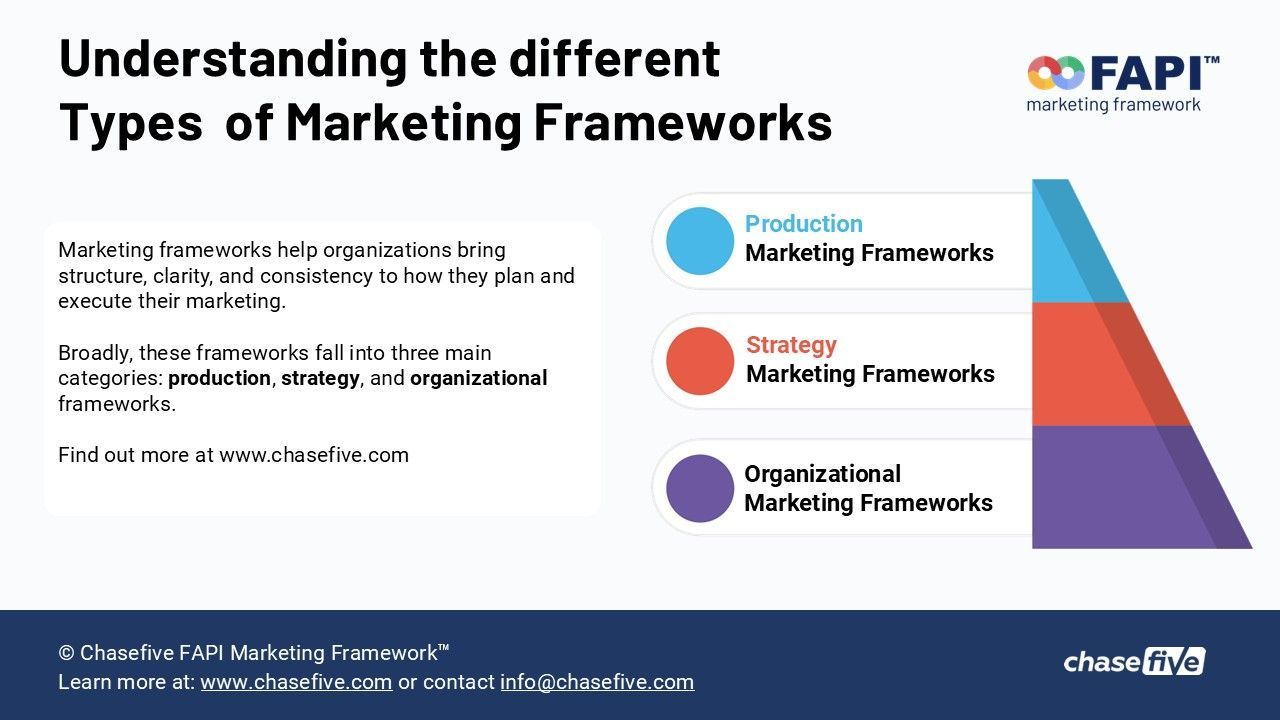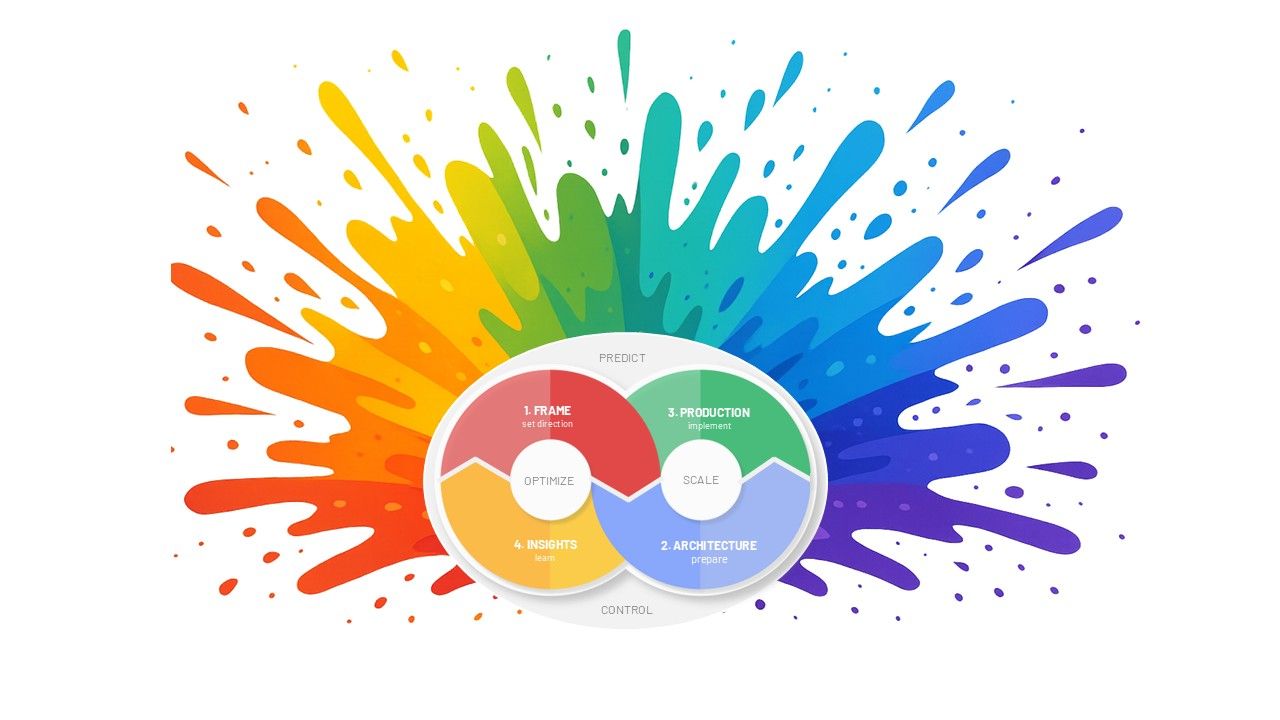Media Mix Modeling and Correlational Attribution in a privacy-first cookieless environment.
An opportunity to integrate media buying and attribution into strategic planning.
While we have all been busy unraveling the impact of AI on marketing production and capability resourcing, a generational paradigm shift has been happening in plain sight. Increasing privacy regulations and the phasing out of third-party cookies are challenging the way marketing functions have operated for over two decades, and it's all for the better.
The ongoing shift that could be described as nothing short of a revolution calls into question the way in which marketing teams buy media and evaluate attribution, and the first long-standing digital marketing practice now facing obsolescence is the click-centric attribution model, and particularly the deep-seeded last-touchpoint attribution method.
While last-touchpoint attribution has never been the most effective method for understanding the impact of marketing investment on the customer journey, generations of marketers and management teams have relied on this practice to make sense of ROAS.
Declining cookie usage and more stringent data collection restrictions are reducing the accuracy of the data used for attribution, affecting both last-click and multi-touch attribution.
In an environment where businesses are struggling with
user journey attribution modeling, data fragmentation due to privacy regulations is likely to make it even harder to get a complete picture of customer touchpoints, forcing marketers to develop privacy-conscious marketing models that place greater emphasis on collecting and utilizing first-party data and taking a full-stack view of marketing measurement.
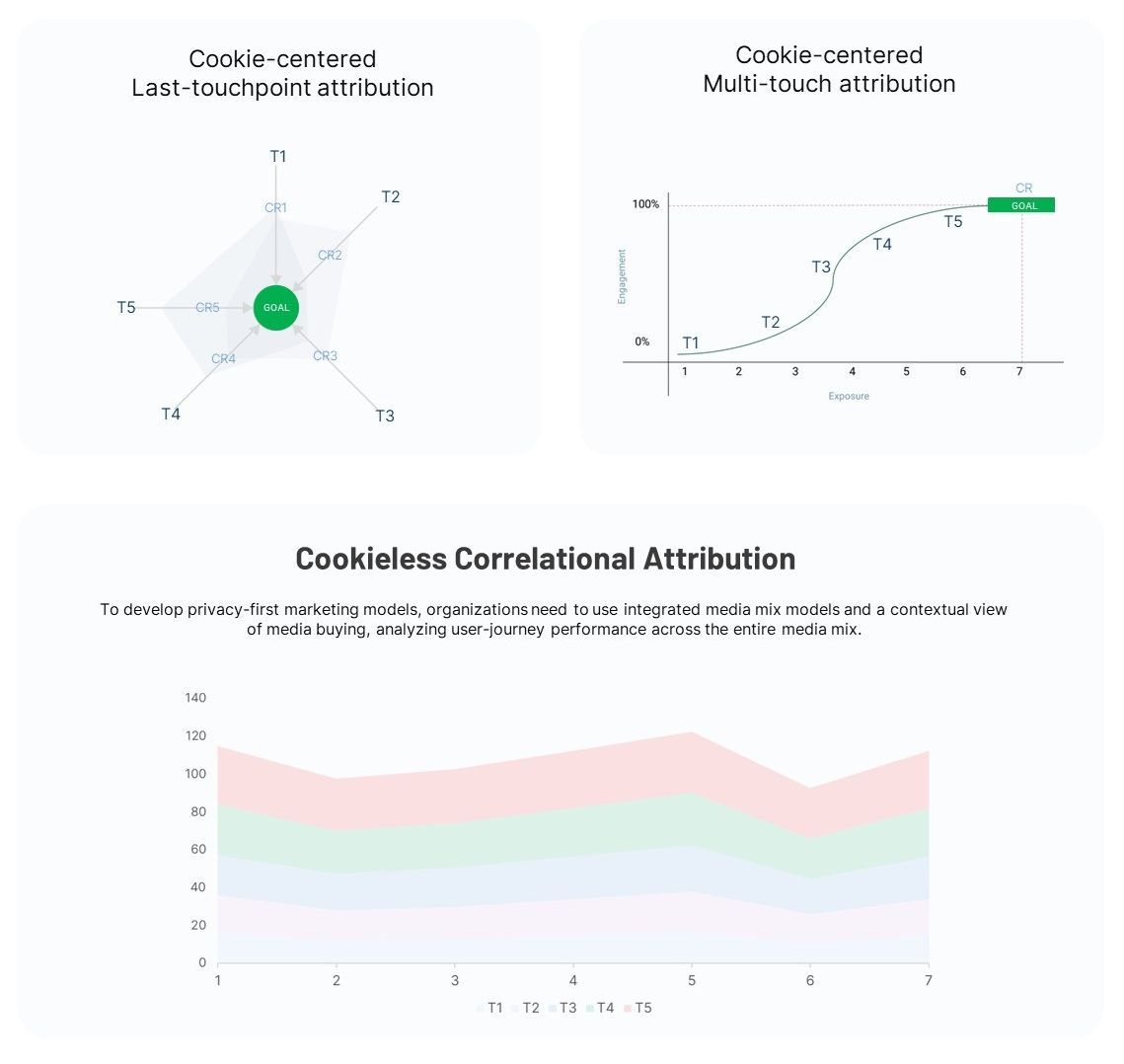
An opportunity to innovate and revisit flawed media metrics
Creating new privacy-conscious marketing models requires the ability to plan and analyze an integrated media mix. Reintroducing a contextual approach to media buying and analysis after years of heavy reliance on behavioral placements, is the first step toward driving this positive change. Additionally developing expertise in analyzing user-journey correlational performance across the entire media mix can position marketing departments to better understand ROMI than ever before.
The last twenty years of media buying have shown that ROAS analysis and marketing planning cannot operate in silos. Instead, it is essential to take a comprehensive view of the user journey across the entire marketing stack for effective attribution. In the classic case of 'necessity being the mother of invention,' the ongoing privacy changes could provide a stagnant industry with the necessary drive to make fundamental improvements by integrating media buying and attribution into strategic marketing planning.
The shift away from third-party cookies offers marketers a generational opportunity to innovate and improve measurement methodologies, as well as to rethink old media buying and metrics through redefined integrated planning and innovative attribution technology and it's an opportunity not to be missed.
